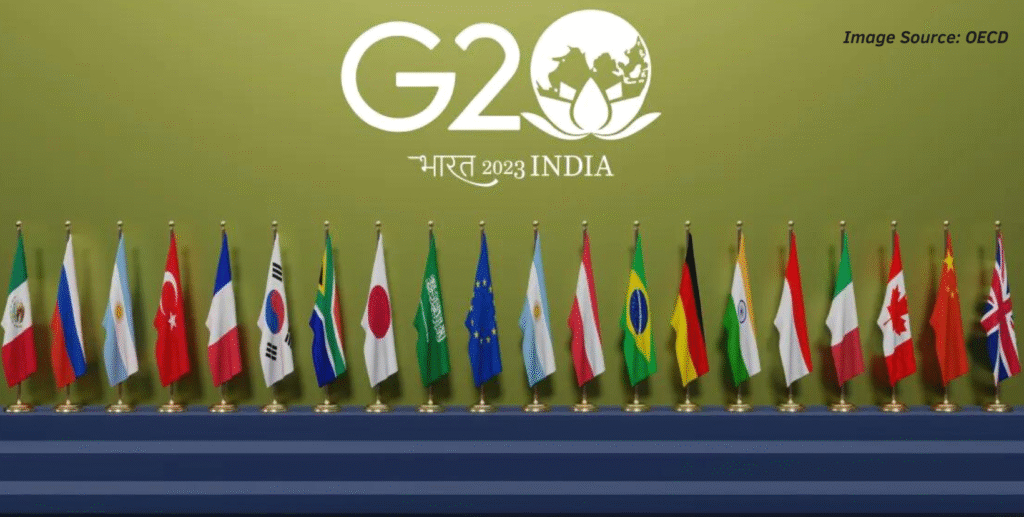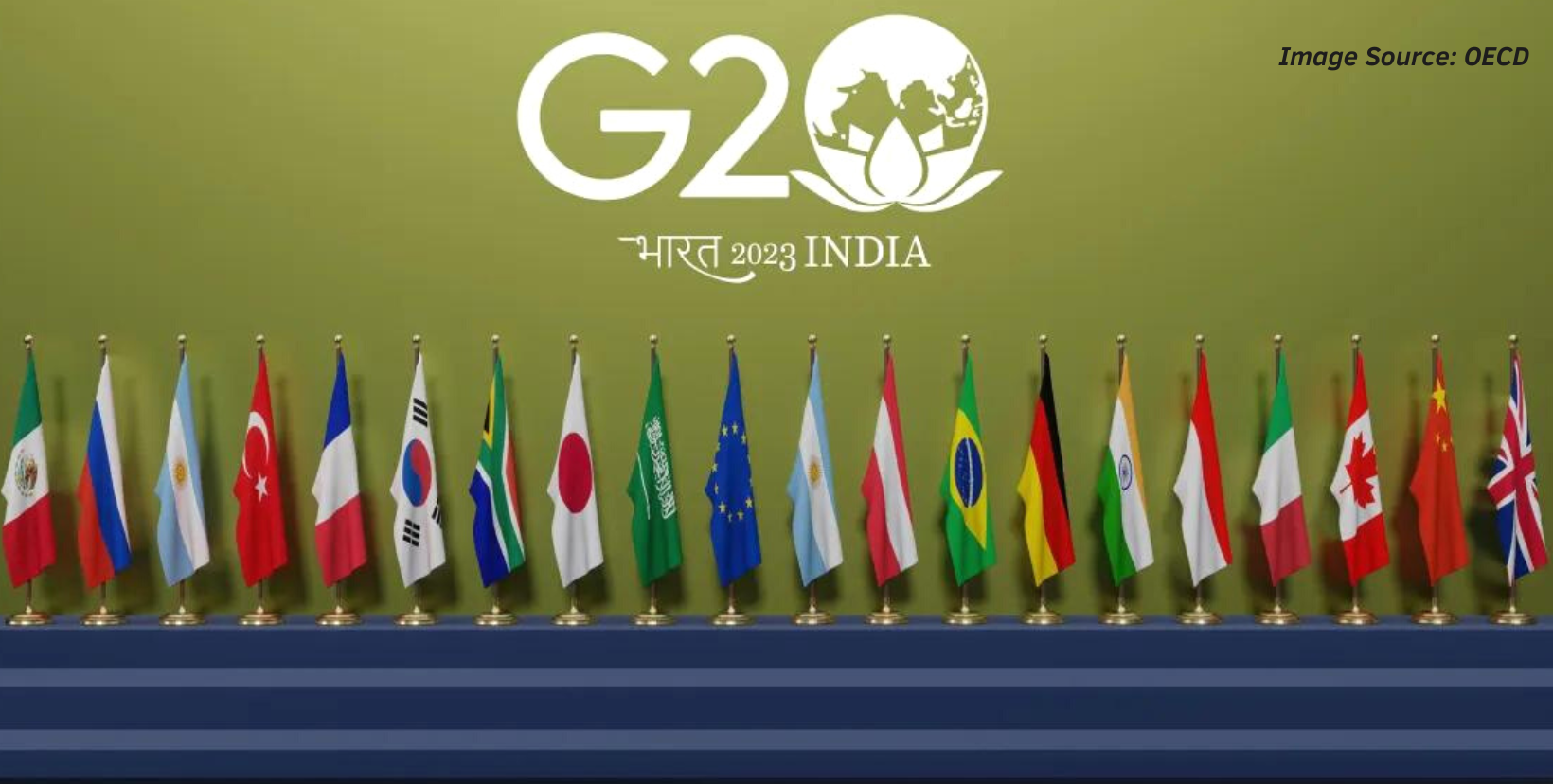Analyzing the G20 finance meeting in South Africa—debt relief, trade tensions, climate finance & U.S. institutional roles highlighted.

The G20 Finance Ministers and Central Bank Governors gathered in South Africa this July for one of the most significant summits of the year. With the world economy in flux, this meeting focused on three urgent priorities: debt relief for developing nations, mounting trade tensions, and the financing of global climate goals.
The outcomes of this summit will not only impact economic policies in 2025 but also define the power balance in international finance and trade for years to come.
🌐 Why This Summit Matters
Held in Johannesburg, this year’s G20 finance meeting brought together finance chiefs from the world’s largest economies, including the U.S., China, India, the EU, Brazil, and host nation South Africa. With inflation slowing, AI reshaping industries, and geopolitical risks escalating, leaders sought to find common ground in three key areas.
The host, South Africa, aimed to shift attention to the financial struggles of low-income countries, especially in Africa, while also pushing for stronger climate financing and fairer trade practices.
💸 Debt Relief Takes the Spotlight
One of the most pressing topics was the alarming debt situation in low-income countries. According to the World Bank, over 24 African nations are facing debt distress in 2025. Many are struggling to repay loans while still managing post-pandemic recovery, infrastructure gaps, and social welfare obligations.
South Africa proposed overhauling the G20 Common Framework, a program launched to coordinate debt restructuring. Current issues with the framework include delays, lack of private creditor participation, and unequal treatment of borrowers.
Key points discussed:
- Introducing automatic triggers for debt suspension during crises
- Enhancing transparency in public and private loan terms
- Pushing creditor nations like China to participate more actively in restructuring talks
Debt relief is not just about charity—it’s about stability. Financially strained countries cannot invest in infrastructure, health, or climate resilience unless they are relieved of debt burdens.
🔄 Trade Tensions Simmer Beneath the Surface
The G20 summit took place amid fresh tariff threats, most notably from the U.S. targeting Japanese goods. These moves revived fears of trade wars, reminiscent of 2018–2020.
Though not formally on the agenda, many finance ministers expressed concern about protectionism and supply chain fragmentation, especially as AI and green tech become increasingly strategic.
China pushed back against tariff threats, calling for a recommitment to WTO-led dispute resolution. Meanwhile, the U.S. emphasized “fair trade” and protecting critical industries.
Emerging markets voiced worries that major power conflicts would derail their economic recovery by disrupting exports and increasing costs of imported goods.
The message was clear: the global economy cannot afford another wave of protectionist policies.
🌱 Climate Finance: JETP in Question
Climate change financing took center stage, especially after the U.S. signaled it may withdraw from the Just Energy Transition Partnership (JETP)—a major initiative that aimed to fund clean energy transitions in developing nations.
South Africa, as one of the JETP pilot countries, expressed disappointment and urged other G20 members to step up their commitments. The lack of progress on delivering $100 billion per year in climate finance (a promise from the Paris Agreement) was another key concern.
Proposals on the table included:
- Expanding green bonds and climate risk insurance
- Establishing multilateral climate funds with simpler access rules
- Encouraging private sector investment through blended finance models
As the climate crisis deepens, the pressure is on the G20 to lead with funding, not just words.
🏛️ U.S. Role & Institutional Reform
Another point of contention was the U.S. pushback against multilateral institutions. Some officials expressed concern over Washington’s recent stance on reducing reliance on international financial institutions like the IMF and World Bank.
South Africa and other BRICS nations called for more inclusive governance in global finance, advocating for reforms in voting rights, leadership appointments, and lending criteria.
This reflects a broader shift in power—from West to East and North to South—as emerging economies demand more say in shaping financial rules.
📈 Key Takeaways for Investors & Observers
- Debt distress is growing in emerging markets—expect more defaults or restructuring in 2025.
- Trade risks could disrupt sectors like manufacturing and tech.
- Green finance is reshaping policy and capital flows, especially in Africa and Asia.
- Institutional reform may change how global aid, loans, and investments are structured.
✅ Conclusion
The G20 Finance Summit 2025 revealed both the urgency and complexity of today’s global financial challenges. From mounting debt crises and trade tension to the struggle for climate finance, the world’s top economies face tough choices.
Whether these meetings result in real change or remain symbolic will depend on follow-up actions in the months ahead. One thing is certain—the balance of financial power is shifting, and investors, policymakers, and global citizens alike must stay informed.

